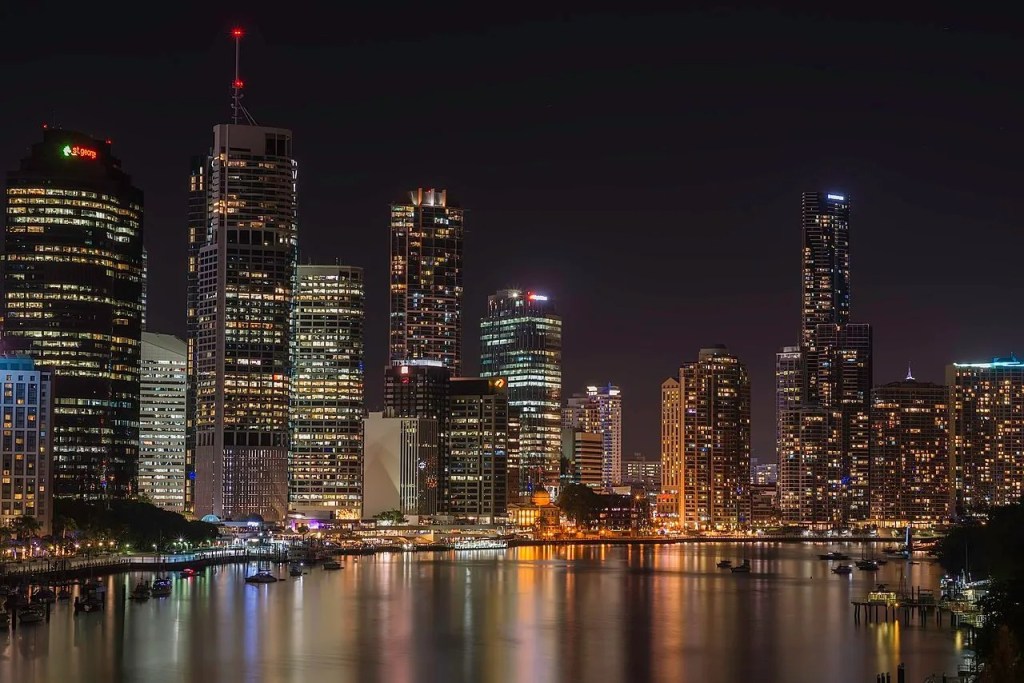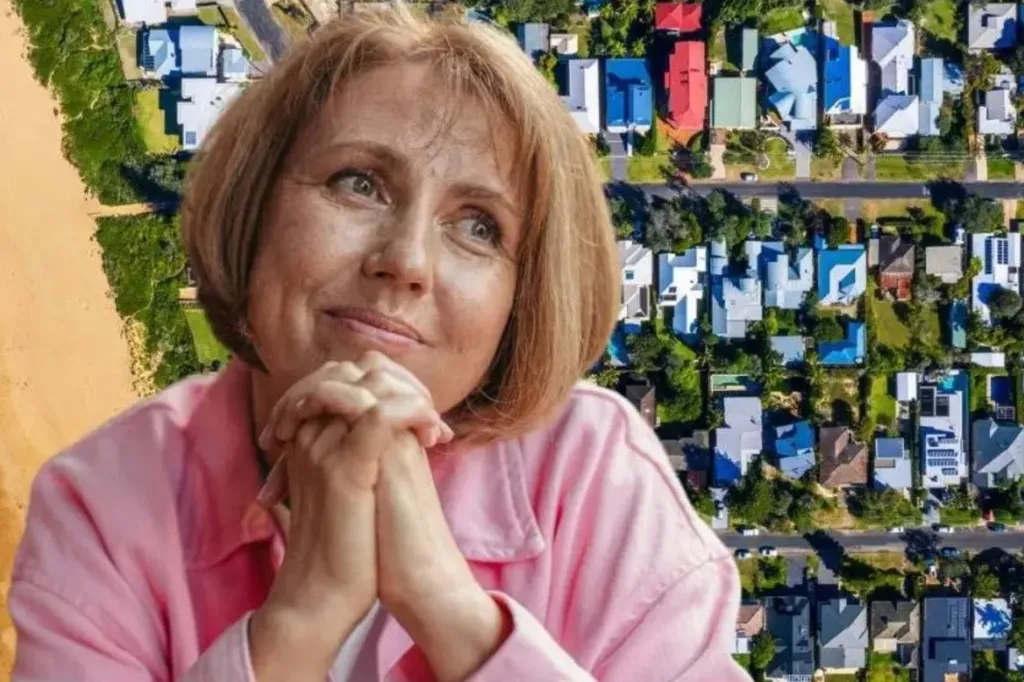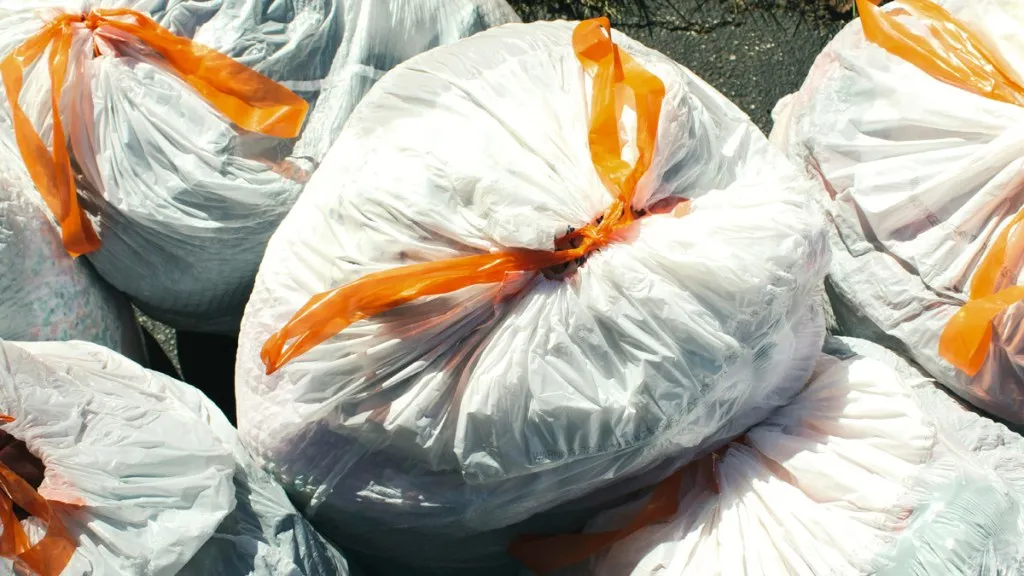Brisbane’s inner-city “roaring back” according to latest report

According to The Committee for Brisbane’s annual Inner City Vitality Report, Brisbane is outperforming more globally recognised famous cities, and leading Sydney and Melbourne in terms of post-Covid bounce back.
The report outlines the performance of the inner city economy and its component parts, including Office, Retail, Residential, Tourism & Hospitality and Education sectors.
This year, for the first time, the report also included coverage of Health and Arts & Culture as individual segments, exploring their importance to the city’s eco-system.
Jen Williams, CEO of the Committee for Brisbane, said the inner-city added $32.5 billion in economic value in 2024 and predicts things will be “bigger and better” in 2025.
“Given the traditional dominance of the worker population, the inner-city is often dismissed as a centre of business, rather than a centre of activity,” Williams said.
You might like
“What the Report shows is that Brisbane’s inner-city is increasing its economic diversity beyond traditional sectors, ultimately building its overall vibrancy and resilience.”
According to the report, Brisbane’s inner city office market has rebounded faster and further than many other world cities and Australian capitals, with new business registrations up, vacancy rates falling to decade lows and premium rents increasing.
Total inner city office space was reported at around 3.15 million square metres, apparently continuing to grow as new developments are added in response to underlying demand.
“The office market alone houses over 120,000 full and part time workers across a range of industries. Couple this with workers across sectors such as health (33,000), education (13,000) and retail (21,000), and you’re looking at a population larger than Cairns who work in just three sectors of the inner-city precincts featured in the report,” Williams said.
Stay informed, daily
In terms of those who live, rather than work in the inner-city, the report details more than 72,00 residents, roughly evenly dispersed across its precincts. This population continues to grow, perhaps due to what the report calls the inner-city’s “surprisingly affordable” prices relative to the wider city.
Though Williams acknowledges that residential development continued to prove challenging in the past year, the report notes building approvals valuing $308,489,000 in total, ready to be acted on with dominant locations for new building activity in the CBD, Spring Hill and South Brisbane.
The Health and allied health sector, perhaps unsurprisingly suffered no Covid-related downturn and according to the report to continues to show steady growth with major hospitals and new private healthcare facilities driving the sector’s $2.9 billion annual contribution to the economy.
On the other end of the spectrum, the Arts & Culture sector was significantly impacted by Covid, although the report stated that “numbers have since recovered and are surpassing pre-Covid levels for many ticketed events.”
“In the past year, over 6.2 million people attended events in the inner-city. With inner-Brisbane’s Arts & Cultural institutions servicing a state population of circa 5.5 million, this equates to every person in Queensland attending at least one event in the past year alone,” Williams said.
Acknowledging the challenges faced by the live music industry with the closures of high-profile venues in Fortitude Valley and the introduction of a Night Life Economy Commissioner to drive activity after dark, Williams said that “Arts & Culture is emerging as a major contributor to employment and activity in the inner-city”.
“Across the board, Brisbane’s inner-city continues to build strength and momentum as we head towards the critical milestone of 2032,” William said.
The full Inner City Vitality Report can be accessed here.




